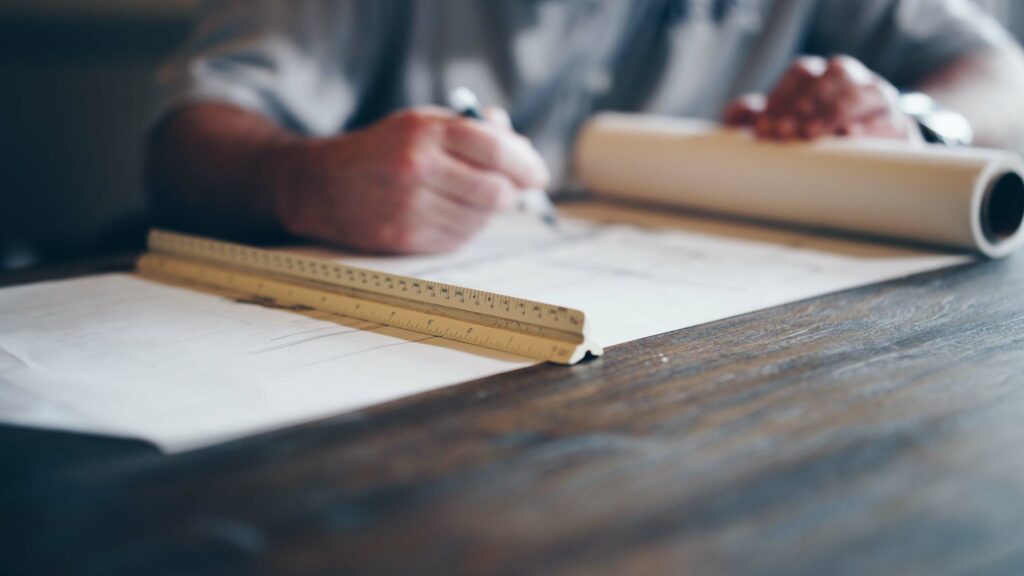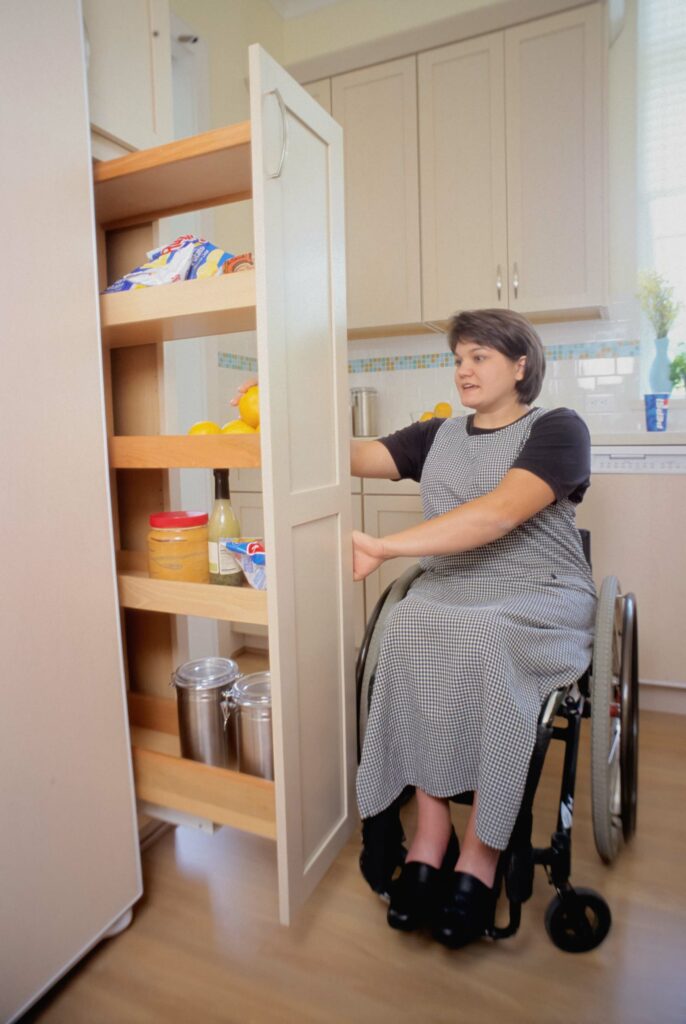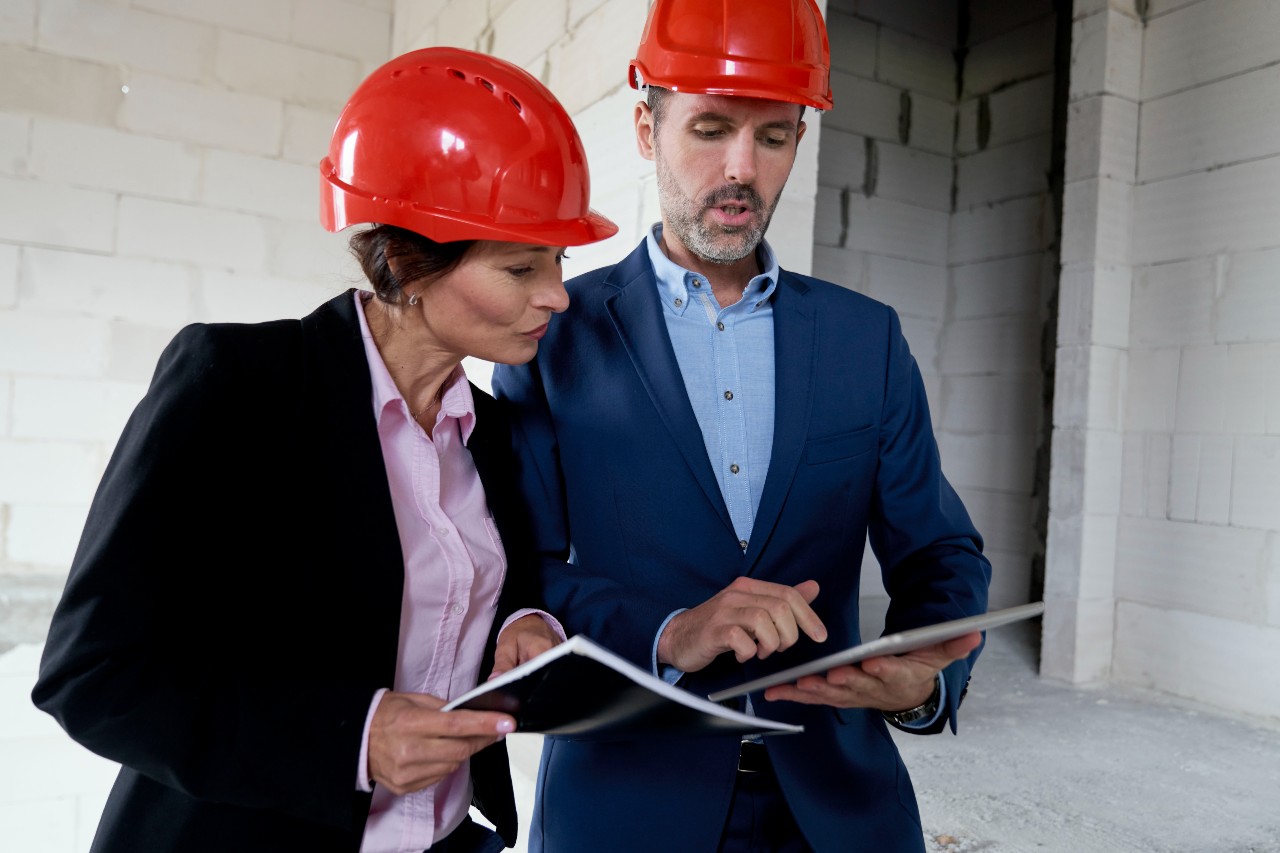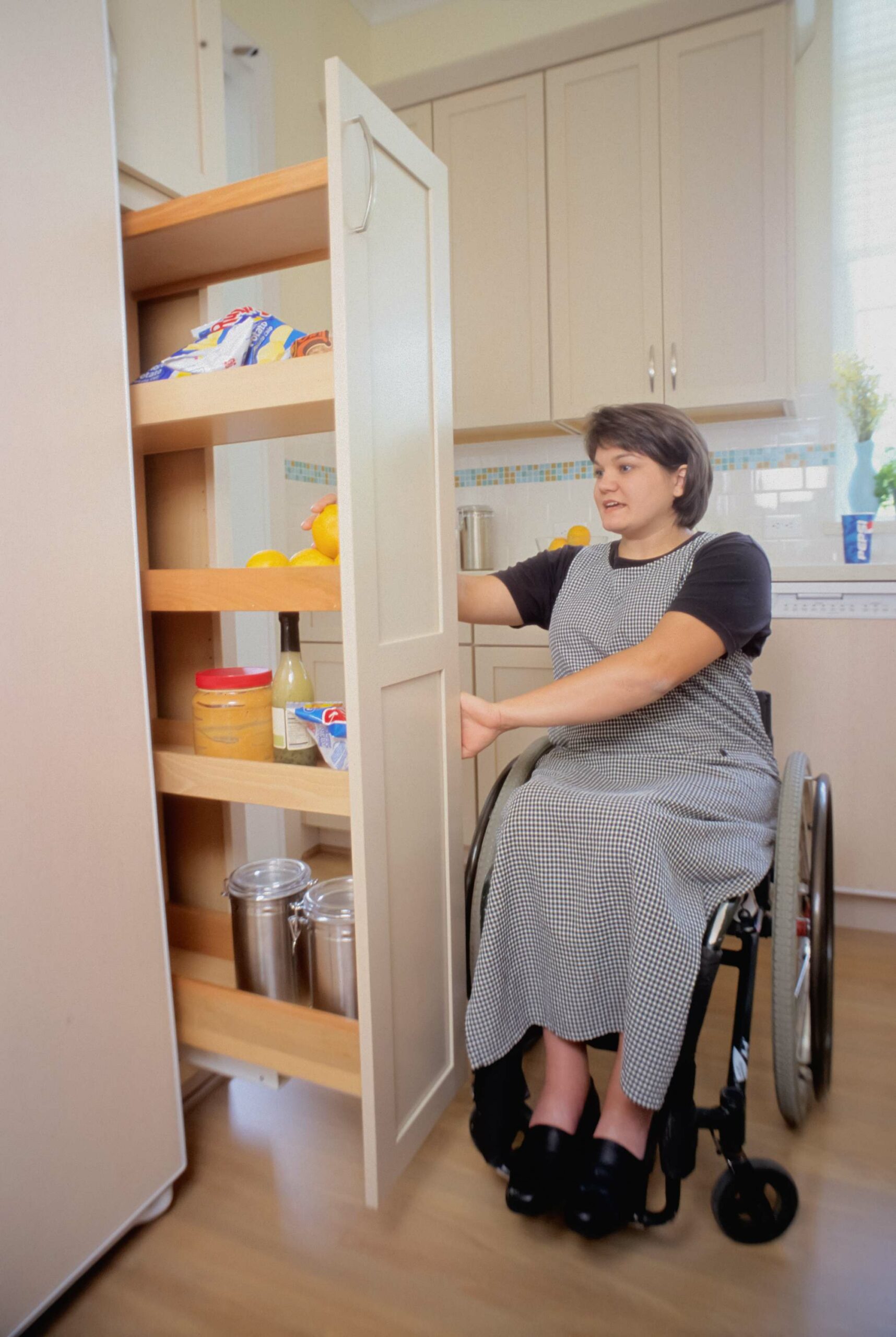Are you considering building or renovating an NDIS / SDA property?
Elite Compliance will help you with all you need to know.
When constructing or managing a building, it is critical to consider the accessibility of everyone who will inhabit it. That’s why property owners and developers must be aware of their obligations for specialist disability assessments and certification especially if you are building or renovating an NDIS -National Disability Insurance Scheme or SDA property. This assessment requires an experienced Building Surveyor who can identify problems that may exist in regard to the accessibility of the premises for those with disabilities, both physical and mental. But what goes into such an assessment from the initial inspection to the final report? Quite a lot! We’ll also explore how this information informs property modifications so as to improve access for individuals with special needs. With any luck, by taking these necessary steps before leasing out a property or beginning construction, you’ll remain compliant while providing more accessible living spaces and making life easier for all people with special access requirements.
The role of a building surveyor – why is it important, not just for Specialist Disability Certification
A building surveyor is a professional who plays a crucial role in ensuring that construction projects are safe, compliant with regulations, and fit for purpose. They are responsible for conducting assessments and inspections of buildings to identify any potential issues, such as structural defects or fire hazards, and recommending solutions to address these problems. Building surveyors are often involved throughout the entire construction process, from the planning stages to completion, to ensure that all aspects of the project meet the necessary standards. Their work is critical in ensuring the safety of buildings and the people who use them. Without the expertise of building surveyors, construction projects could be a serious risk to public safety.

Different ways a building assessor can evaluate accessibility for disabled individuals
As an SDA Accredited Assessor, we can fully advise you on what is required. When it comes to assessing a building’s accessibility for disabled people, there are various methods and criteria that a building assessor can use. For starters, we look at the building’s layout and design, checking for features like ramps, elevators, and accessible entrances. Additionally, the assessor may evaluate the functionality of key elements in the building such as doors, signage, and restrooms. In order to comprehensively evaluate the building’s accessibility, the assessor may also take into account factors like lighting, flooring, and even acoustics! Overall, the goal of a building assessor is to identify any barriers that may hinder individuals with disabilities from navigating the space effectively and to provide recommendations for improvement where necessary.
Provide best practices on making buildings more accessible moving forward
With careful planning and consideration, accessibility can be seamlessly incorporated into architectural designs from the beginning. Ensuring accessibility in buildings is crucial for creating inclusive communities. To make buildings more accessible moving forward, there are some best practices that can be followed. First, it’s important to follow building codes and regulations to ensure that structures are compliant with accessibility standards. This includes features such as wheelchair ramps, accessible restrooms, and wide doorways. Additionally, it’s important to consult with experts such as architects, designers, and disability advocates such as the SDA to ensure that accessibility needs are being met. Another best practice is to prioritize universal design, which means creating spaces that are accessible to everyone, regardless of ability. This can include installing sensory cues such as Braille signage or using non-slip flooring to prevent falls. By following these best practices, we can create more accessible buildings that promote inclusivity and equal access for all.

The importance of having buildings that are accessible to all people
Ensuring that buildings are accessible to all people is critical for creating an inclusive and equitable society. Accessible buildings provide an opportunity for everyone to participate fully and equally in all aspects of public life, regardless of their physical abilities. By having buildings that are designed to accommodate individuals with disabilities, we create a safer environment, reduce barriers to entry and employment, and promote independence and self-reliance. It also helps individuals with disabilities to feel valued and appreciated as a part of our community. The importance of accessibility goes beyond just accommodating people with disabilities; it also benefits families with young children, seniors, and individuals with temporary injuries. Therefore, it is our moral responsibility to ensure all buildings and public spaces are designed to meet the needs of all people, irrespective of their physical abilities.
Accessibility for disabled individuals is a complex issue and it is also a crucial one to consider. Building surveyors play an essential role in evaluating a building’s accessibility rating, but they must consider many things when conducting their assessment. People must recognize the importance of having buildings that are accessible to people with disabilities and should strive to create best practices that aim towards ensuring that all are able to uniformly enjoy their environment without exclusion or impediment. All people deserve to freely access these public places so that everyone can participate in the facilities and services they provide. The responsibility doesn’t fall exclusively on building surveyors; architects, designers, developers, and planners all need to think consciously about how they can make designer spaces more inclusive and accessible to those with physical impairments. In order for us as a society to truly foster inclusivity and equality, we must ensure that every person has open and clear access paths in our shared spaces regardless of abilities.
Please don’t hesitate to let us know if you have any questions about how we can help you.


